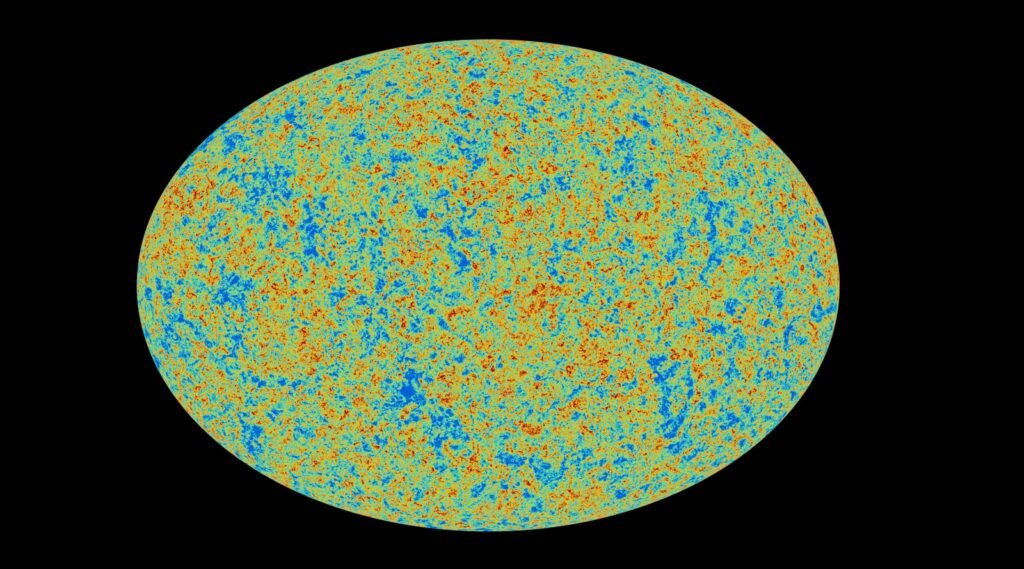Every few decades, astronomy delivers a discovery that feels less like news and more like a jolt to our sense of existence. – long a terse phrase in textbooks – has evolved into a richly detailed origin story, stitched together from faint microwaves, redshifting galaxies, and ghostly neutrinos. In 2025, its core picture remains remarkably sturdy, even as telescopes reveal galaxies that formed earlier and brighter than many models expected. The tension between confident framework and surprising detail is the real drama now, and it’s pushing cosmologists to refine old ideas, not abandon them. What we are watching is science doing its best work: testing, revising, and daring to see further.
The Hidden Clues

What if the oldest evidence of our origin is not a headline-making explosion but a whisper in the sky? The cosmic microwave background – an almost-uniform glow filling all directions – carries gentle temperature ripples that act like a fossilized weather report from when the universe was a newborn. Those tiny variations, roughly one part in one hundred thousand, trace the seeds that later grew into galaxies, clusters, and the vast cosmic web. They tell us the universe was once hot, dense, and astonishingly smooth overall.
Light from distant galaxies stretches as space expands, turning its color toward red, and that redshift increases with distance. Together with primordial helium and deuterium forged minutes after the Big Bang, these lines of evidence reinforce the same story from different angles. It’s like discovering multiple fingerprints from the same cosmic scene and finding they all match. The surprise isn’t that the Big Bang holds together – it’s how much fine detail those fingerprints reveal.
From Ancient Ideas to Modern Evidence
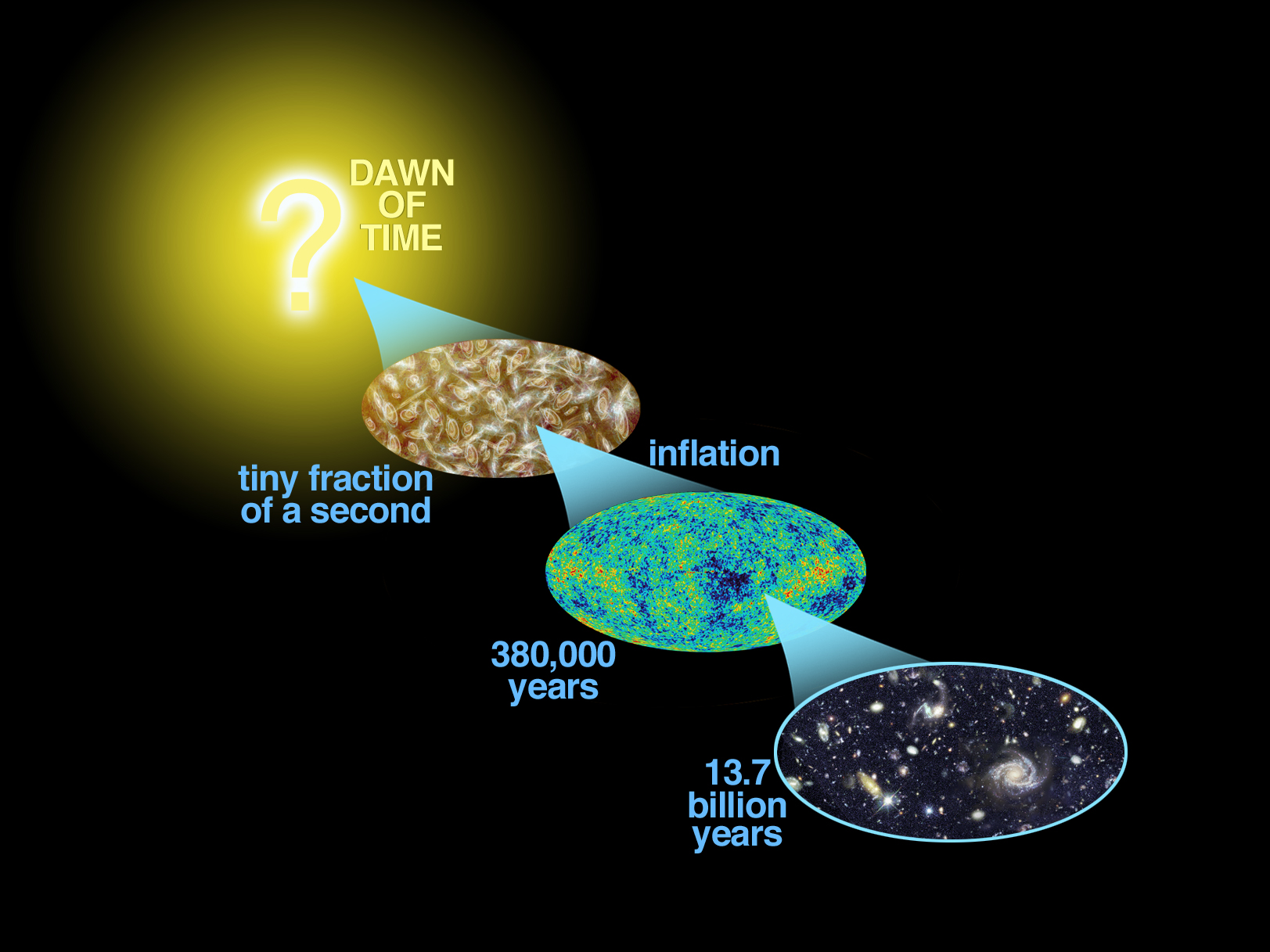
Philosophers once debated whether the cosmos had a beginning or was eternal, trading metaphysics for millennia while the sky kept its secrets. The shift came when careful measurements replaced speculation: galaxies were seen speeding away, and their recession rates traced a clear relation with distance. Later, microwave antennas unexpectedly found the residual afterglow of a hot early universe, turning a philosophical musing into a testable framework. In time, satellite missions mapped the afterglow with exquisite precision, locking in a timeline and a recipe for cosmic ingredients.
Today’s model says ordinary matter makes up only a small slice of reality, with dark matter shaping structure and dark energy driving late-time acceleration. That division would have sounded mystical a century ago; now it emerges from independent methods that cross-check one another. We moved from the poetry of beginnings to the arithmetic of them, and the math keeps getting sharper. The lingering questions aren’t embarrassing gaps – they’re the next mile markers.
How the Big Bang Works
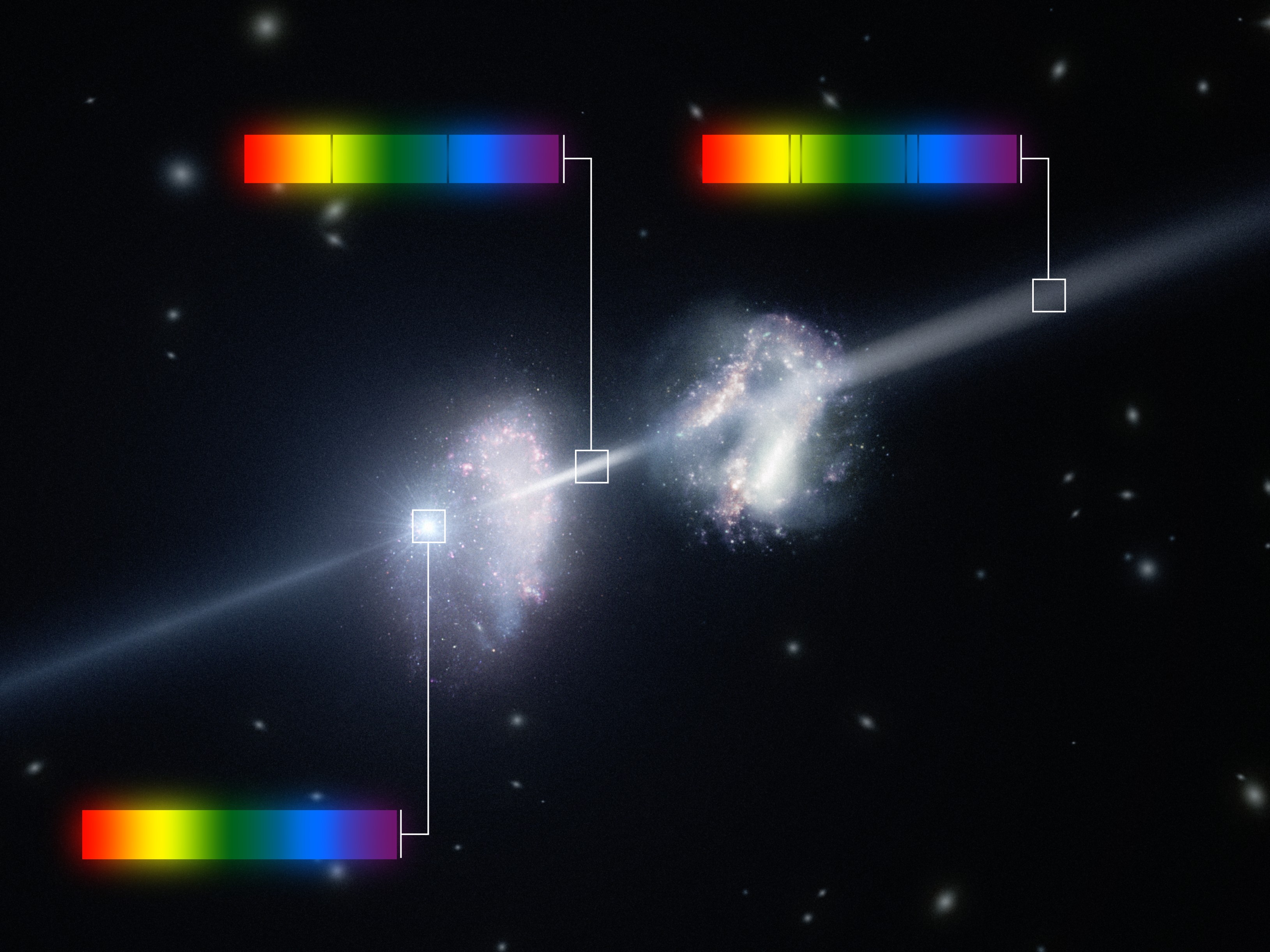
Picture the early universe as a rapidly inflating balloon, not a fireball exploding into empty space. All of space expanded at once, cooling as it grew, so atoms could form and photons could finally stream freely, becoming the background light we still see. Minutes after the beginning, nuclear reactions forged a predictable mix of hydrogen, helium, and traces of lithium, a kind of primordial recipe card we can still read in young, pristine gas. Much later, gravity gathered matter into the first stars, which ignited and began building heavier elements.
Inflation – an ultra-brief burst of hyper expansion – helps explain why the cosmos looks so uniform across vast distances and why space appears nearly flat. It also planted quantum-scale fluctuations that later swelled into galaxies, like tiny ripples growing into ocean swells as the tide rises. Add in dark matter to deepen the gravitational wells and dark energy to accelerate expansion, and you have the broad strokes of the modern picture. It’s a simple narrative with surprisingly few moving parts, yet it explains a staggering range of observations.
The Early Universe in Light and Sound
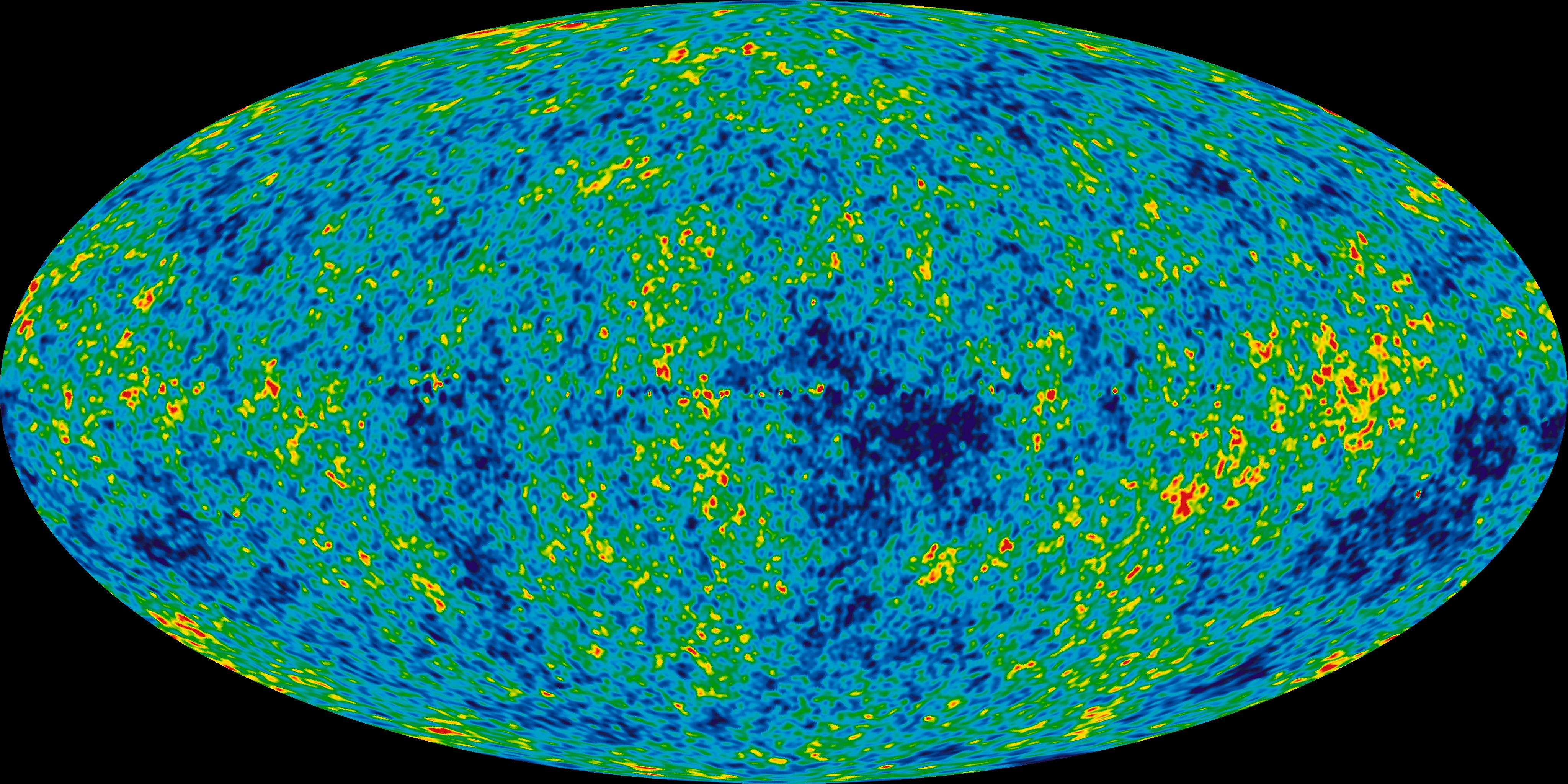
The young cosmos was not silent; it resonated with pressure waves through its hot plasma, leaving telltale imprints known as acoustic peaks in the background light. Those same imprints echo later in the distribution of galaxies as subtle ripples in clustering, a ruler that lets astronomers track expansion over billions of years. When different surveys measure this “standard ruler” and agree, confidence in the overall picture grows. It’s the observational equivalent of checking your map against both the compass and the odometer.
Even so, the latest deep-field images show galaxies forming sooner and with more mass than some models predicted, prompting healthy recalibration. Rather than overthrowing the Big Bang, these results fine-tune star-formation recipes, feedback processes, and how quickly gas can cool. Think of it like adjusting a symphony’s tempo without changing the score. The melody – the expanding, cooling universe – remains consistent.
Why It Matters
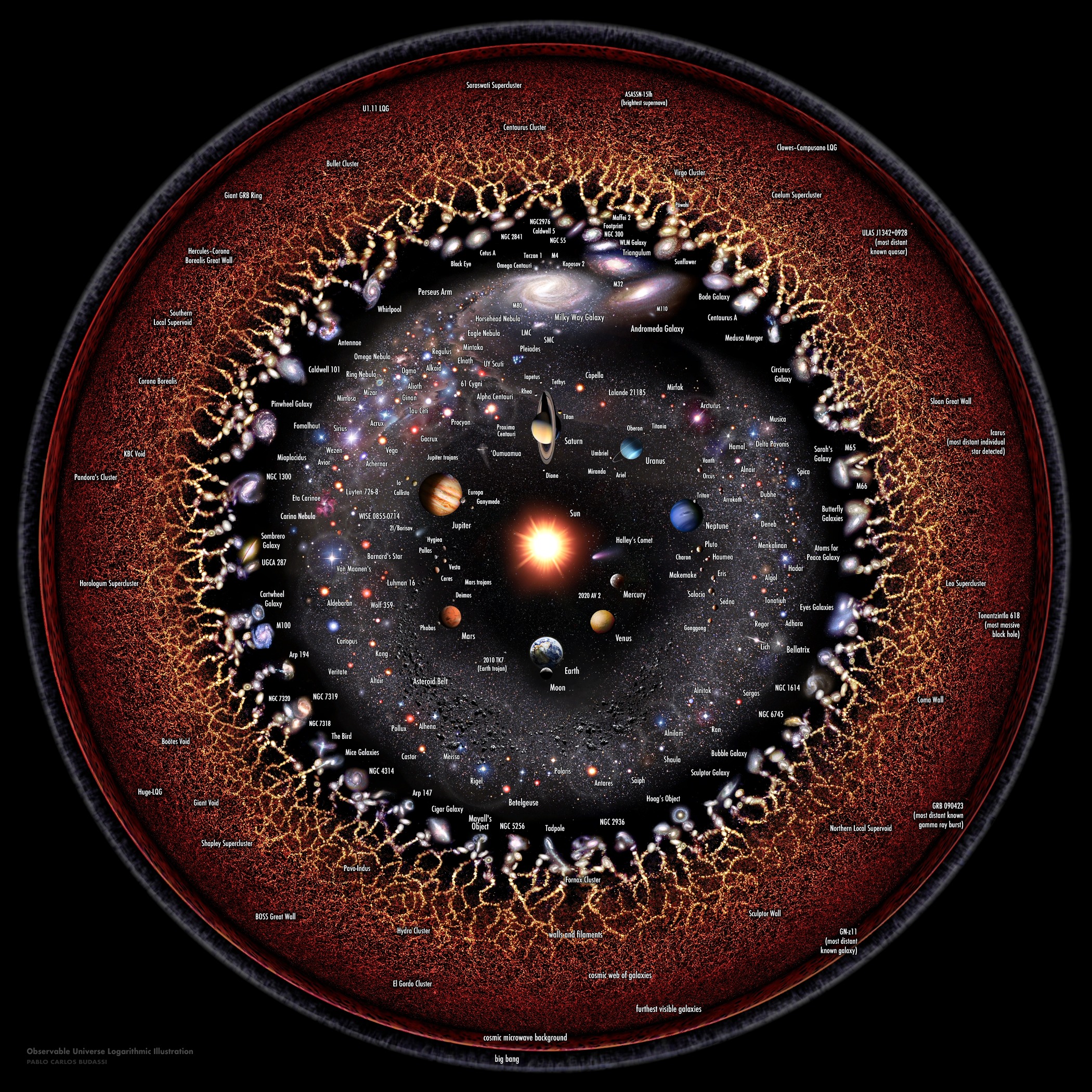
Understanding cosmic origins isn’t academic trivia; it’s the foundation for everything from particle physics to our grasp of time. The Big Bang provides boundary conditions that anchor theories of fundamental forces, neutrinos, and the nature of space itself. Without that framework, we’d be building castles on sand, never sure if our lab-scale discoveries fit a universe-scale reality. With it, we can translate faint signals into hard numbers about density, curvature, and growth of structure.
There’s a practical edge, too. Precision cosmology trains technologies that spill into everyday life, from cryogenics and detectors to data science methods behind medical imaging and finance. The comparison is stark: older, qualitative debates about beginnings offered little to test, while modern cosmology forces hard predictions that can be wrong or right. That accountability is why the field keeps advancing and why the Big Bang has survived so many cross-examinations.
Global Perspectives
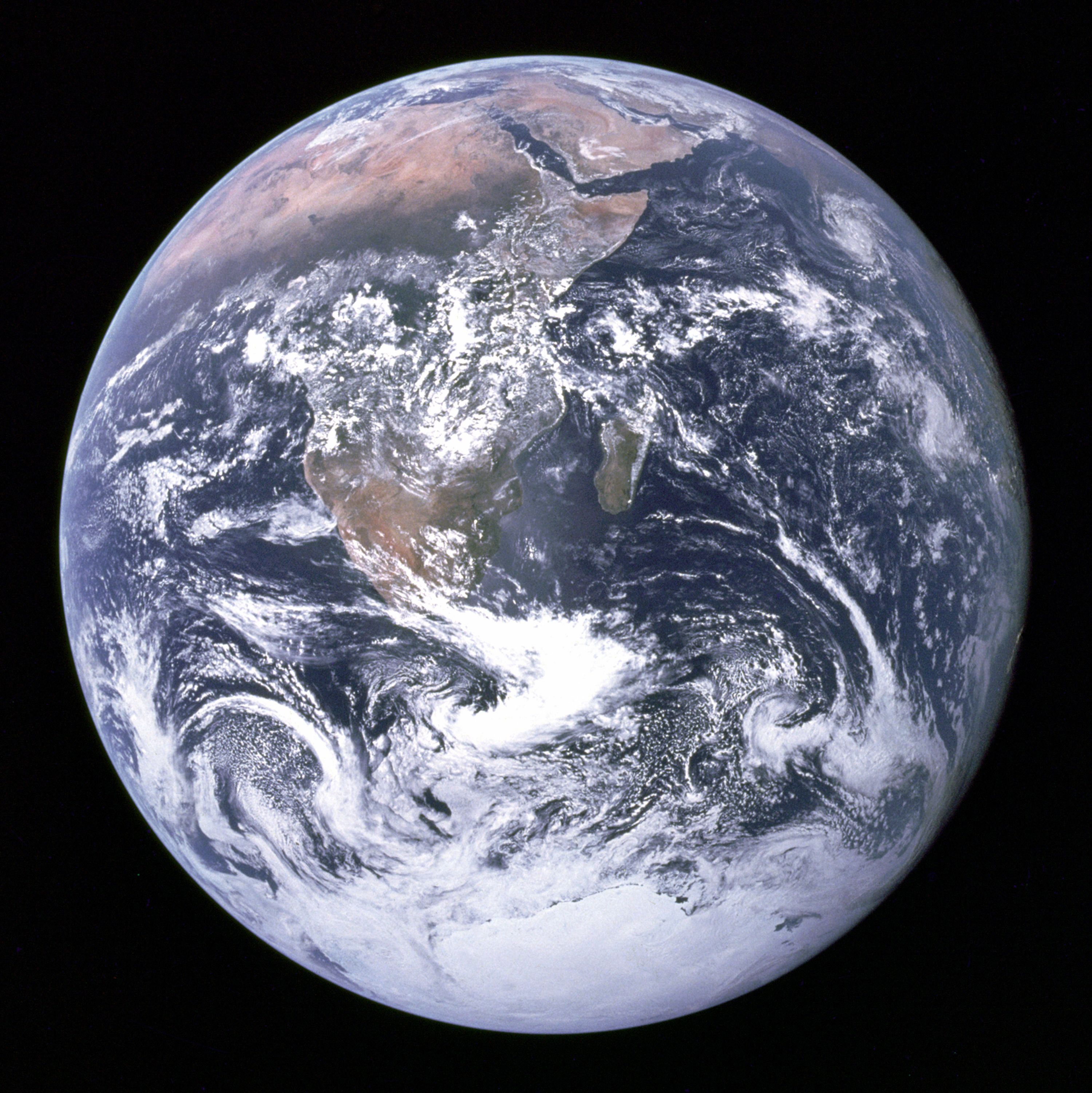
Cosmology has become a global relay race, with instruments across continents and in space handing off data and methods. Radio arrays in the Southern Hemisphere map hydrogen across cosmic time, while mountaintop observatories chase polarization patterns in the background light. Space telescopes deliver infrared views of infant galaxies, and survey cameras sweep the sky night after night to watch structure evolve. No single nation or agency can do all of it; collaboration is the only workable engine.
That diversity matters because independent teams challenge assumptions and verify results from different angles. When measurements of cosmic parameters overlap from distinct instruments, confidence grows; when they clash, the friction sparks progress. The result is a scientific culture that’s less about eureka moments and more about careful convergence. It’s a slow-burn triumph powered by shared sky and shared standards.
The Hubble Tension and Other Puzzles

One live debate centers on the universe’s current expansion rate: nearby distance ladders favor a faster value than early-universe inferences from background light. This “Hubble tension” could signal overlooked systematics, or it could be the first hint of physics beyond the vanilla model. Either way, it’s a stress test the Big Bang can survive, though the final diagnosis matters for how we tell the story of the cosmos. Another puzzle involves the exact behavior of dark energy and whether it has changed over time.
There’s also the question of how quickly the earliest massive galaxies assembled and what that implies for star-formation efficiency. These tensions are not failures; they are the kind of cracks that let new light in. When the dust settles, we might update parameters, tweak assumptions about early feedback, or add new components to our models. The core scenario – hot, dense beginning with expansion – remains the baseline to beat.
From Ancient Tools to Modern Science
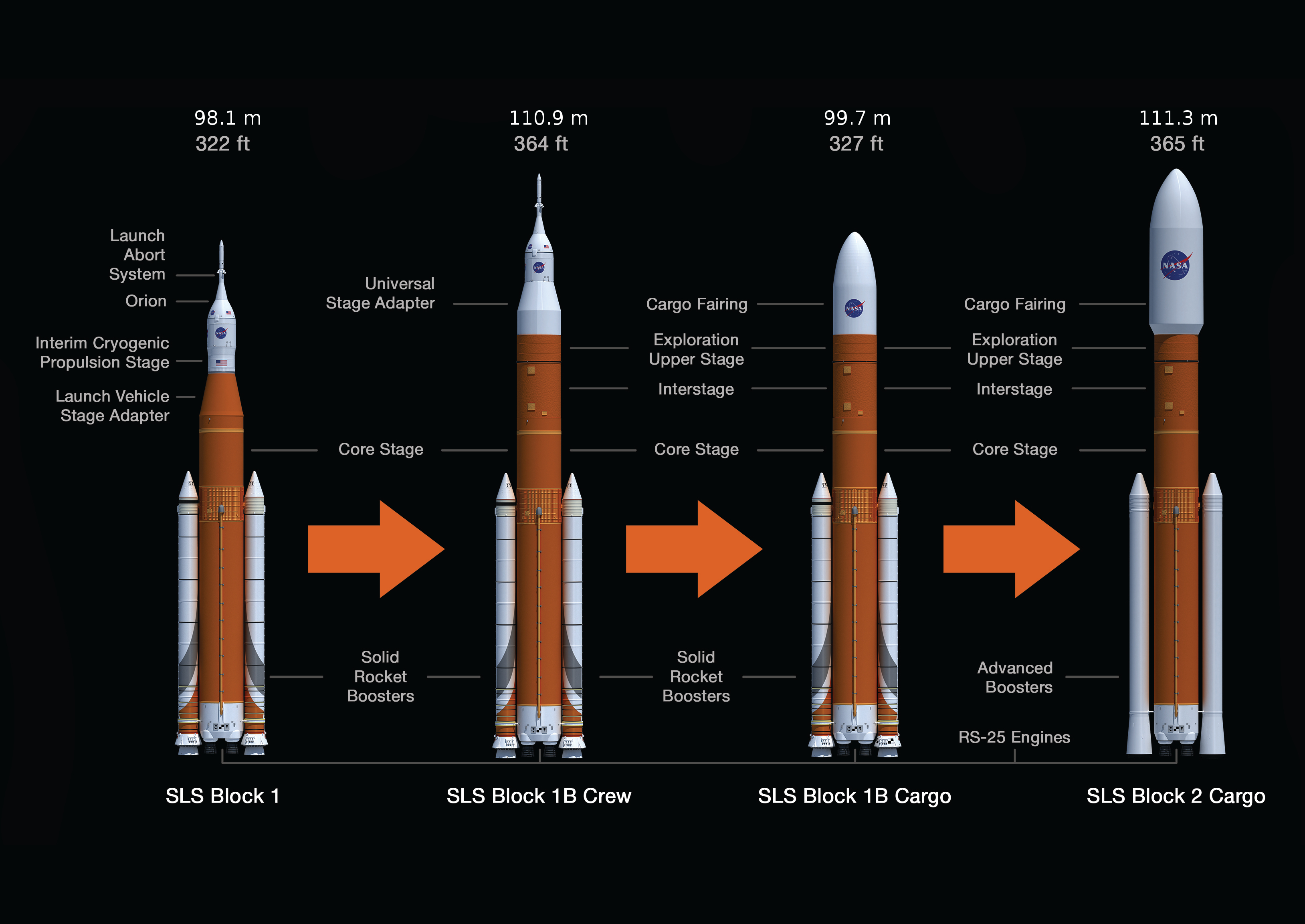
Early cosmologists leaned on ground-based telescopes and slide-rule calculations, sketching broad outlines from sparse data. Today’s teams deploy space-borne observatories, superconducting detectors, and machine-learning pipelines that sift through torrents of photons. The change isn’t just scale; it’s precision everywhere, from time-stamped exposures to calibration sources and open data releases. Reproducibility is baked into the workflow, and cross-survey checks are routine rather than exceptional.
New instruments extend our reach in wavelength and time, revealing dusty starbursts, lensed galaxies, and the faint glow of reionization. As methods matured, errors shrank and conclusions hardened, turning speculative maps into atlases with coordinate grids. The philosophy shifted with the tools: we now assume nothing without a measurement and tolerate ambiguity only where data are thin. That posture is the quiet engine behind the field’s credibility.
The Future Landscape
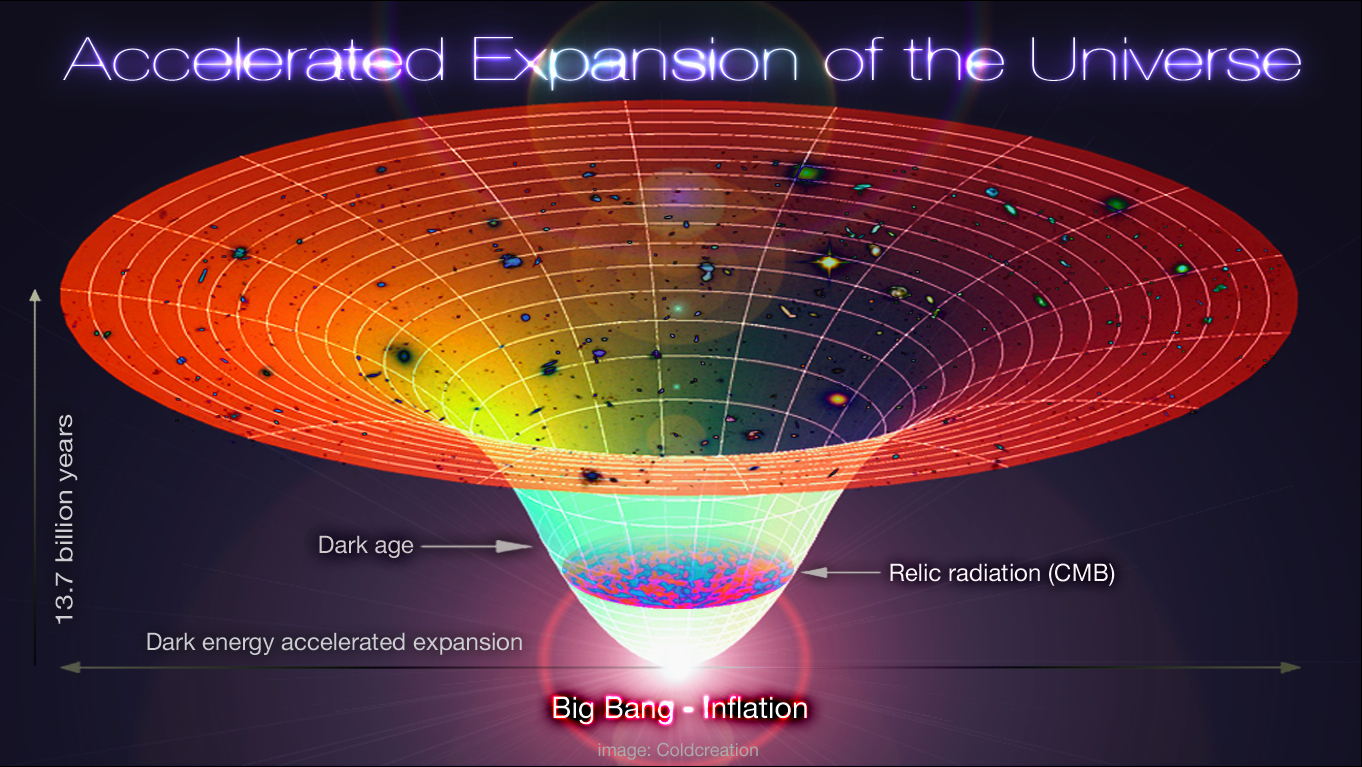
The next decade is set to probe the Big Bang more fiercely than any before it. Deep, wide surveys will sharpen the expansion history, while ultra-cold detectors chase primordial polarization patterns that could fingerprint inflation. New spectroscopic projects will chart millions of galaxies in three dimensions, tracing how structure grew and where models misfire. Meanwhile, gravitational-wave observatories promise a parallel channel to listen for the universe’s earliest echoes.
Expect better maps of the cosmic web, tighter constraints on neutrino masses, and more precise tests of whether dark energy evolves. If a deviation appears, it could rewrite parts of the playbook without discarding the stage. The real risk isn’t being wrong – it’s not being precise enough to notice. Precision is the lever that moves cosmology, and it’s about to get longer.
Conclusion

Curiosity drives this field, but it also depends on public attention and support. You can help by following mission updates, attending local observatory nights, and lending your voice when research funding is on the line. Share accessible explainers, challenge misinformation with patience, and celebrate the practice of uncertainty as a feature, not a flaw. Encourage students to study physics, data science, and engineering – the next breakthrough may start with their questions.
Most of all, keep looking up and asking how we know what we know, because those questions power better answers. The universe is offering us its oldest story in newer detail every year; meeting it halfway is on us. What part of the cosmic beginning would you most like to see clarified next?

Suhail Ahmed is a passionate digital professional and nature enthusiast with over 8 years of experience in content strategy, SEO, web development, and digital operations. Alongside his freelance journey, Suhail actively contributes to nature and wildlife platforms like Discover Wildlife, where he channels his curiosity for the planet into engaging, educational storytelling.
With a strong background in managing digital ecosystems — from ecommerce stores and WordPress websites to social media and automation — Suhail merges technical precision with creative insight. His content reflects a rare balance: SEO-friendly yet deeply human, data-informed yet emotionally resonant.
Driven by a love for discovery and storytelling, Suhail believes in using digital platforms to amplify causes that matter — especially those protecting Earth’s biodiversity and inspiring sustainable living. Whether he’s managing online projects or crafting wildlife content, his goal remains the same: to inform, inspire, and leave a positive digital footprint.

